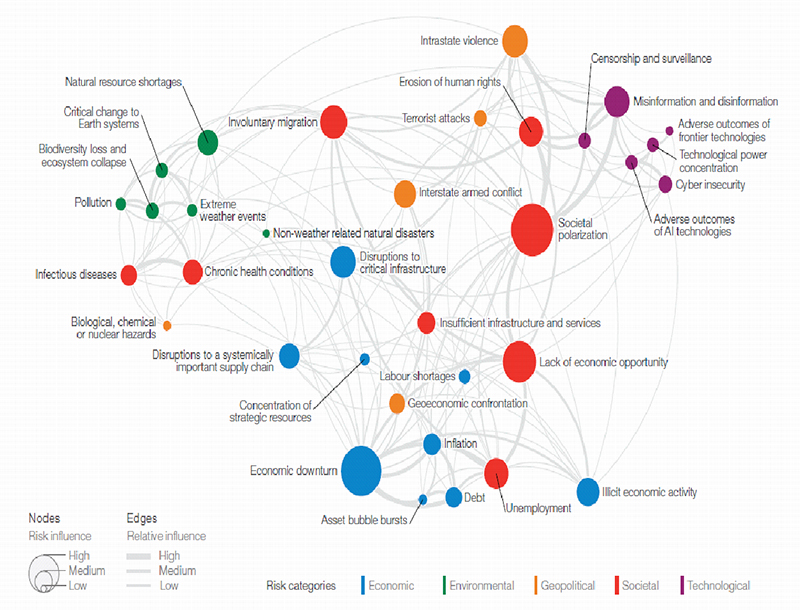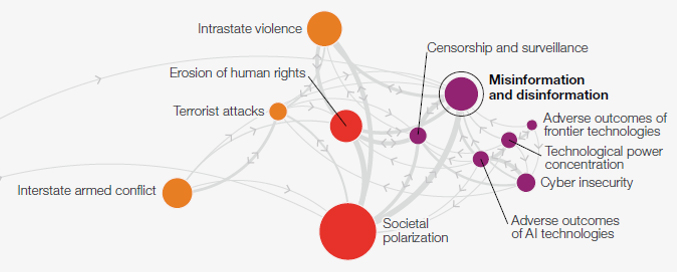Future of Work: New-age Risks and Implications in a Digitally Enabled World
The digital economy closely relates to how digital technologies are integrated with the economy
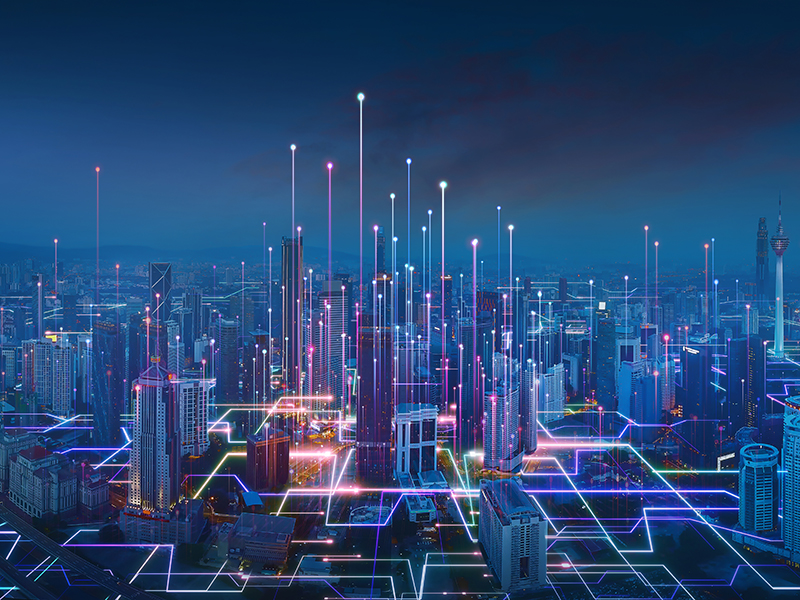
Digital and General Economics
Digital Economics is the economic activity resulting from billions of online connections among people, businesses, devices, data, and processes, where humans and technology collaborate online.
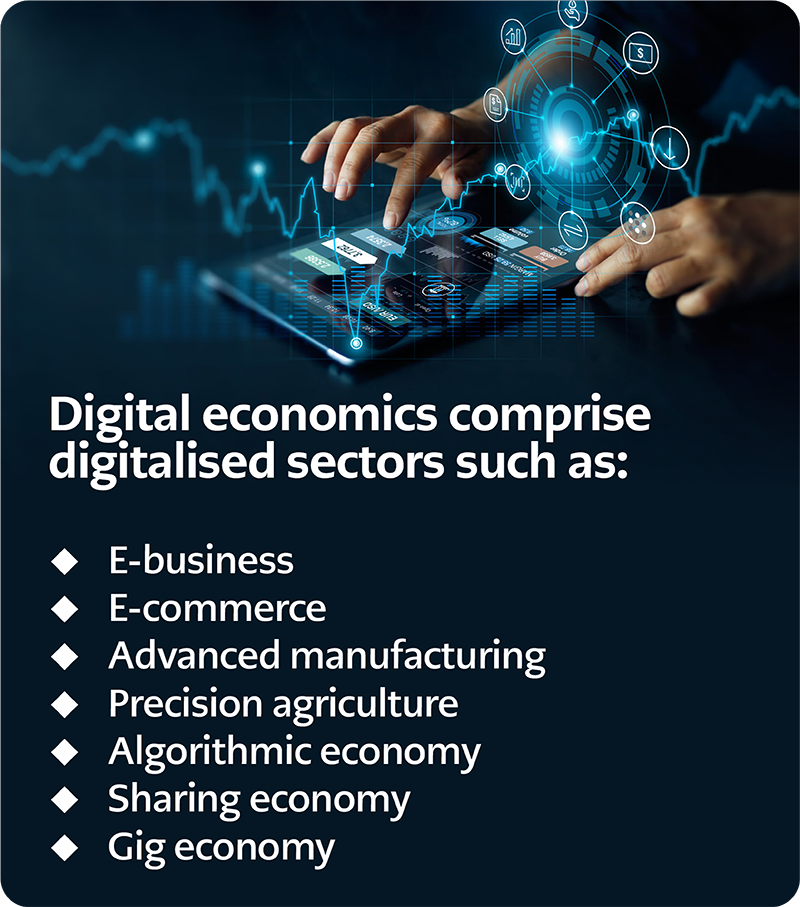
These digitalised sectors phenomenally give rise to the Fourth Industrial Revolution. However, the term is evolving on how digital technologies, services, products, techniques, and skills are integrated across economies in digitalisation.

The digital economy also relates to how digital technologies are integrated with the economy in general. Various definitions can make the digital economy’s financial impact challenging to measure. For example, a small store might use an e-commerce platform to expand its sales to include an entire nation or region, or a farm might use consumer trend forecasting to pivot to more plant-based products.
Significant value is derived from leveraging digital solutions across all sectors, with marketing, scalability, access, customisation, and real-time (and predictive) provisioning. The debate that digital should exist alongside the general economy is being morphed into a conclusion that all economics would be digital (and not just enabled). What would the future of work (jobs, roles, accountabilities, skills, resources, etc.) look like in the near future?
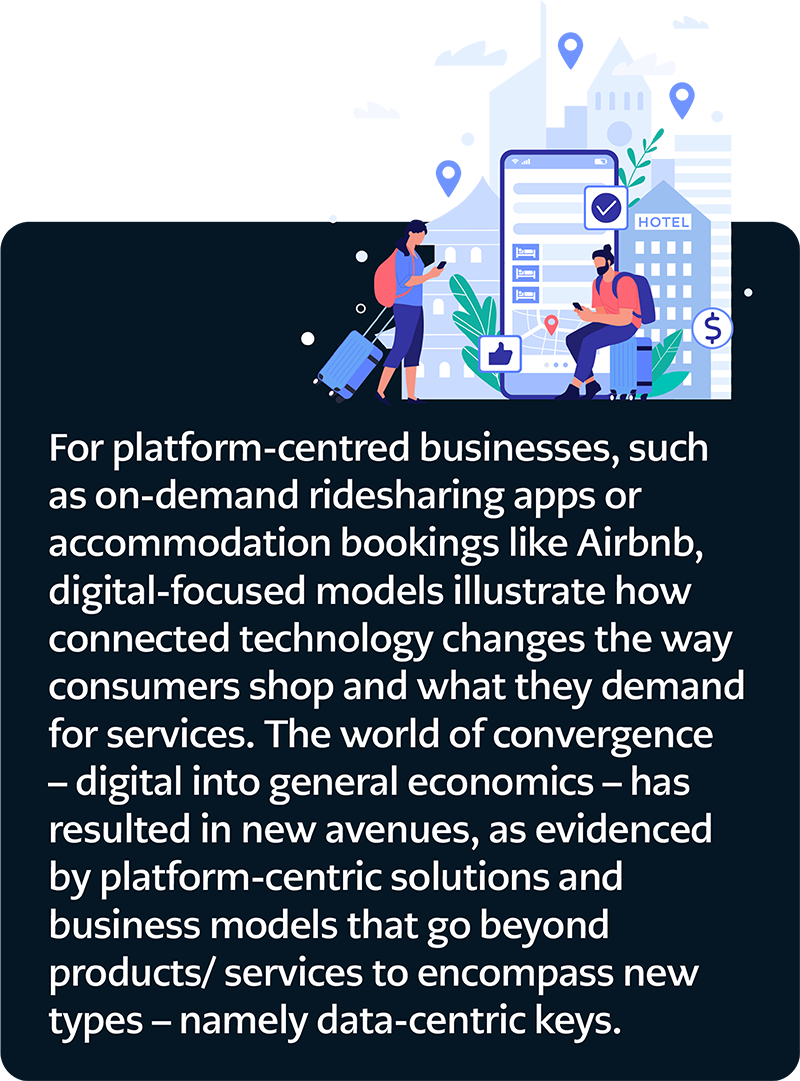
Risks and Implications
The world has become highly interconnected thanks to technology, eliminating almost all barriers. Alongside the veritably exciting opportunities that have come to be, new risks that we did not contend with until now have begun to manifest.
A review of how these risks have played out is interesting to observe. Between 2023 and 2024, these risks remain entrenched across the spectrum – social, economic, environmental, geopolitical, and technological. However, their manifestations have evolved distinctly in just the past year, thanks in no part to the advent of artificial intelligence (and more so with generative AI). A deteriorating global outlook for geopolitics, given multiple wars raging, to biodiversity losses and ecosystem collapses, particularly with environmental risks that have hit a potential point of no return, we are confronted with the profound reality that in just the past six years, human activity has primarily contributed to breaches with six of the nine planetary boundaries. Are we genuinely heading toward a point of no return? The infographic below is quite telling1.
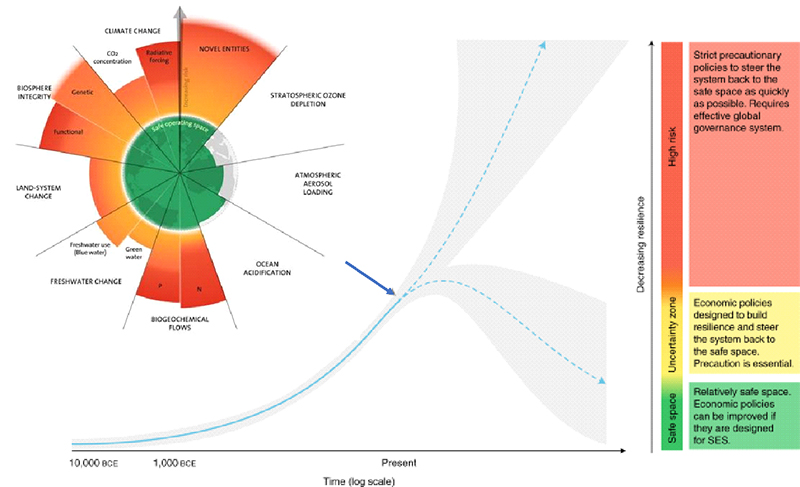
An analysis of global risks reveals some key trends2, as depicted in the two infographics below.
Across both years, just as natural ecosystems can be pushed to the limit and become something fundamentally new, systemic shifts are also taking place across other spheres: geostrategic, demographic and technological. The rise of global risks against the backdrop of these “structural forces” and the tectonic clashes between them are crucial to appreciate.
One cannot and must not presume that digital economies are spared the agony of these complexities. On the contrary, digital revolutions worldwide shall continue to be shaped more perversely than needed, potentially resulting in a lack of cohesion with transnational/ transboundary endeavours3.

Artificial Intelligence (particularly generative artificial intelligence - GAI) is becoming mainstream in its usage and deployment across nearly all sectors.
Technological Advances and Future of Work
Global risks reflect systemic governance and management loopholes across policy and industry. As in the graphic below, two of the top five risks emanate from technologies.

It is concerning that foreign and domestic actors will leverage “Misinformation and Disinformation” to widen societal and political divides further. As close to three billion people are expected to head to the electoral polls across several economies – including Bangladesh, India, Indonesia, EU, Mexico, Pakistan, the United Kingdom and the United States – over the next two years, the widespread use of misinformation and disinformation, and tools to disseminate it, may undermine the legitimacy of newly elected governments. The resulting unrest could range from violent protests and hate crimes to civil confrontation and terrorism.
Meanwhile, Artificial Intelligence (particularly generative artificial intelligence - GAI) is becoming mainstream in its usage and deployment across almost all sectors. Misinformation and disinformation are the new weapons of choice for political and economic endeavours. What boundary conditions are necessary to maintain sanity and control? Or would self-governance be the way to go?
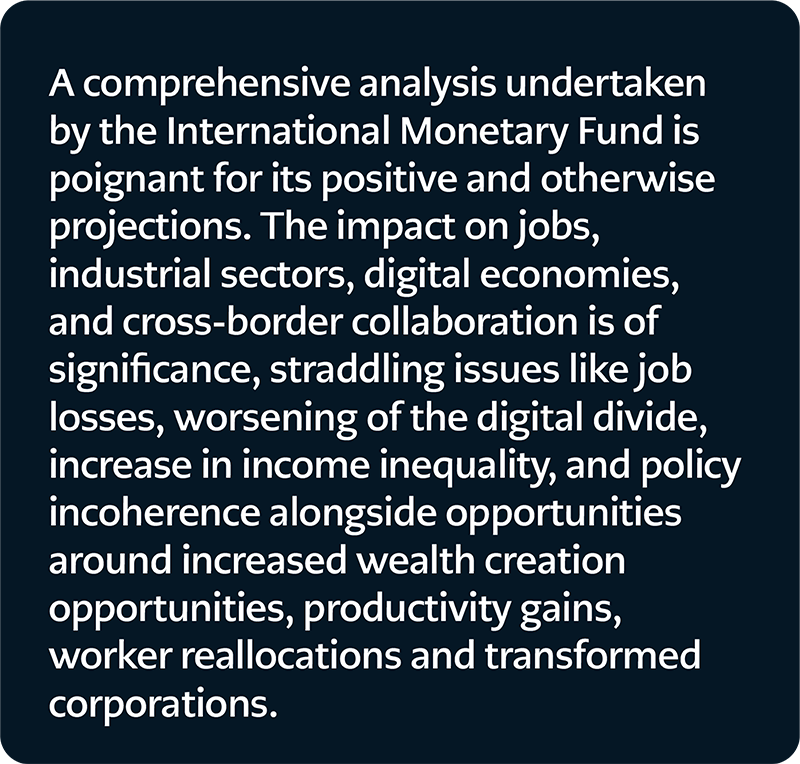
In Conclusion
Deployment of new-age technological solutions can no longer remain pigeonholed in capitalist endeavours that have exacerbated risks alongside new risks. Investments in new measures to combat resulting misuse only add to the policy's incoherence.
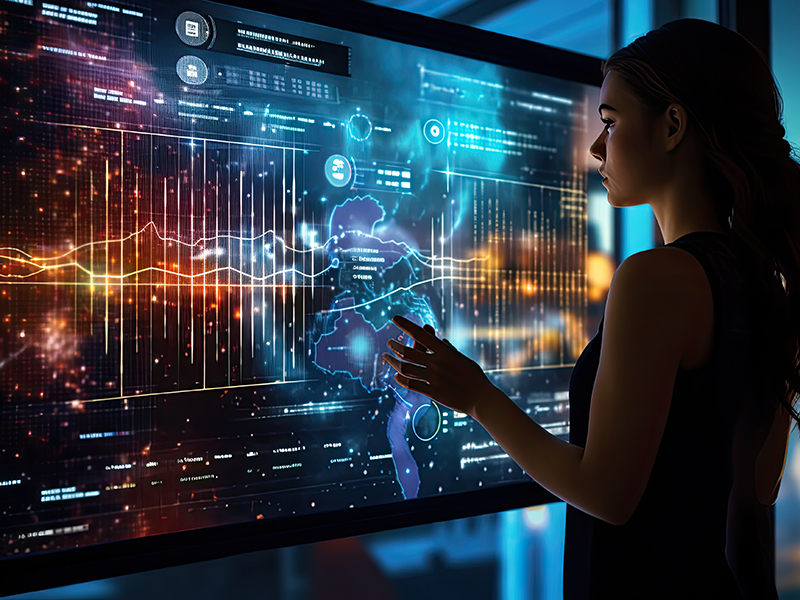
Our earnest endeavours at monetisation and profit maximisation must be tempered with considerations for utility and resilience, which will remain the most pressing challenge for this and the next generation.
Meanwhile, in its quest for efficiencies and productivity, the industrial world is heading toward an unmanageable future, where globalisation becomes obsolete, and transnational endeavours at managing outcomes are falling short, given extremely localised complexities. I see domestic resilience eroding at a pace far more significant than we can build containment structures. Our earnest endeavours at monetisation and profit maximisation need to be tempered with considerations for utility and resilience. This balancing act will remain the most pressing challenge for this and the next generation.
1 SOURCE: “Gen AI – Artificial Intelligence and the Future of Work”, released on 14 January 2024; https://www.imf.org/en/Publications/Staff-Discussion-Notes/Issues/2024/01/14/Gen-AI-Artificial-Intelligence-and-the-Future-of-Work-542379
2 SOURCE: Global Risks Report 2023; Global Risks Report 2024; www.wef.org
3 Many instances of dichotomy result from a clash between “the need to globalise” and “the penchant to localise” – most tellingly seen in endeavours where disagreements with various global issues continue to inform policy and corporate action. Key among these are lack of agreement with single taxonomies for de-carbonisation, policy confusion with transnational cyber security and data protection, and ocean resource depletion vs. extraction.
About the Author

Bobby Varanasi is the Founder of Regenerative Futures (formerly Matryzel Consulting), an independent advisory firm focused on global sourcing, M&A, carbon management & circular economy practices. It is acknowledged as one of the World’s “Best of the Best Outsourcing Advisory Firms” and one of the top 20 best outsourcing advisory firms for four years (2013-2015, 2019). He brings over two decades of experience in consulting and management across Technology, Business Services and building global businesses. He advises federal governments across North & South America, Middle East/ North Africa, Asia-Pacific and Australia, Fortune 500 customer organisations and emerging market entrepreneurs on strategy, growth, sourcing, expansions, mergers and acquisitions, and inter-party trust ecosystems.






